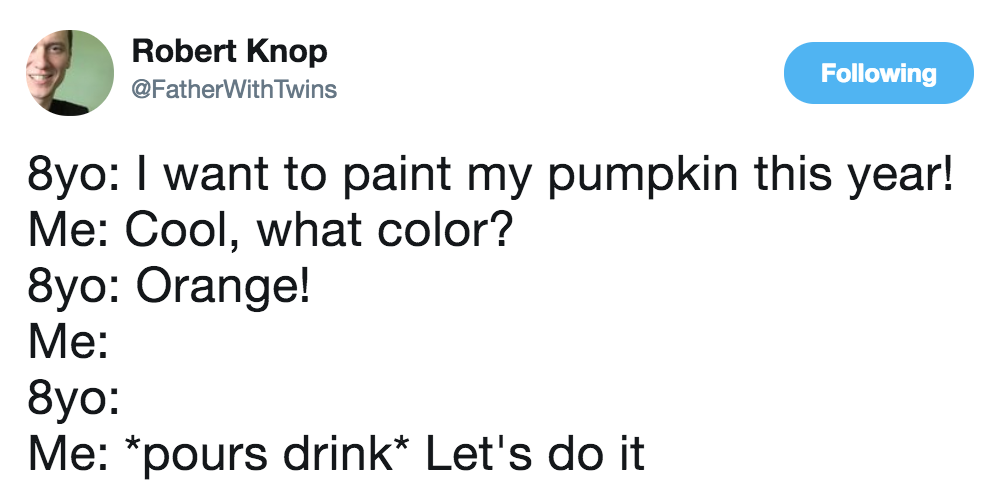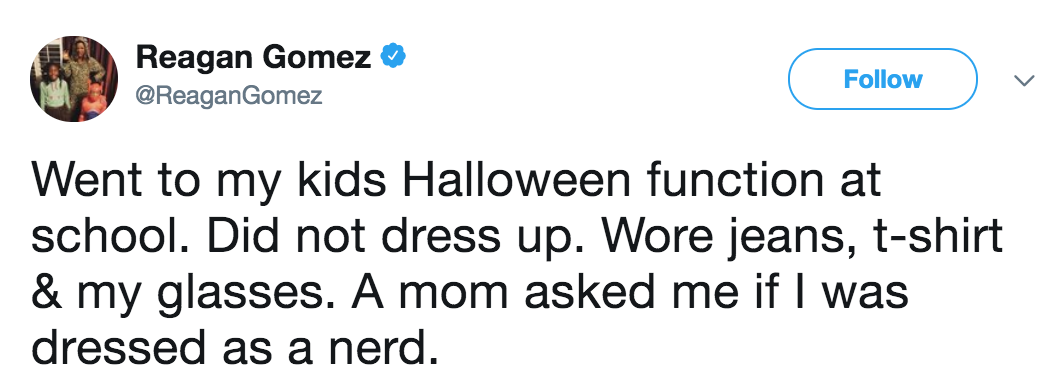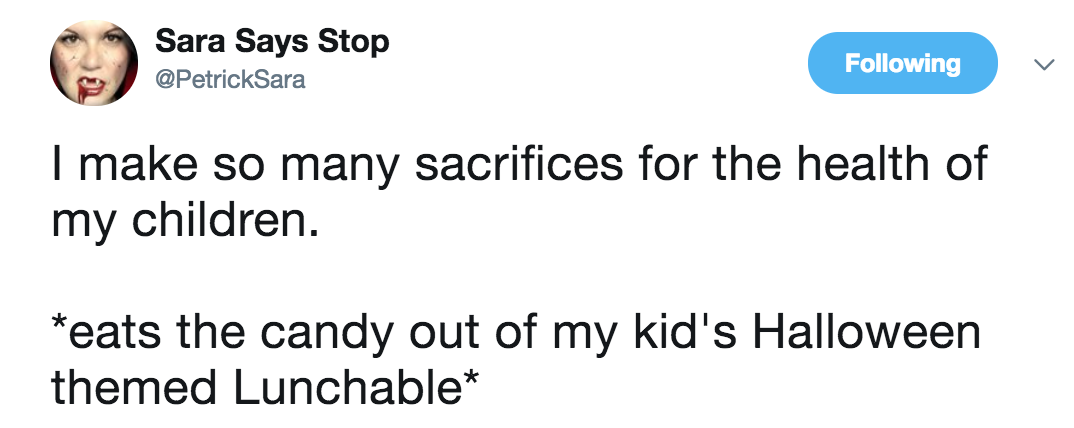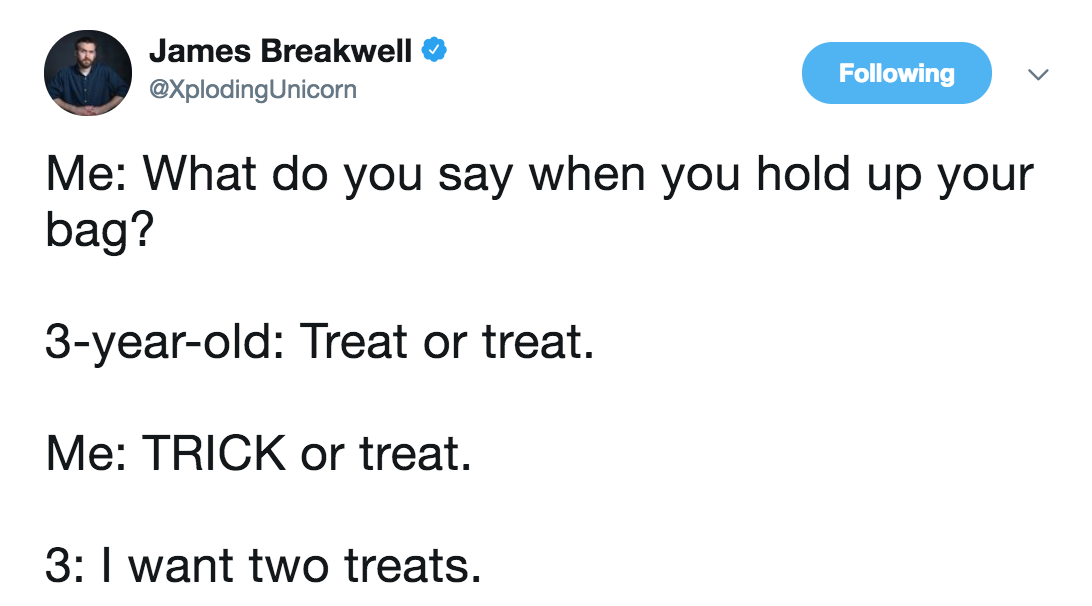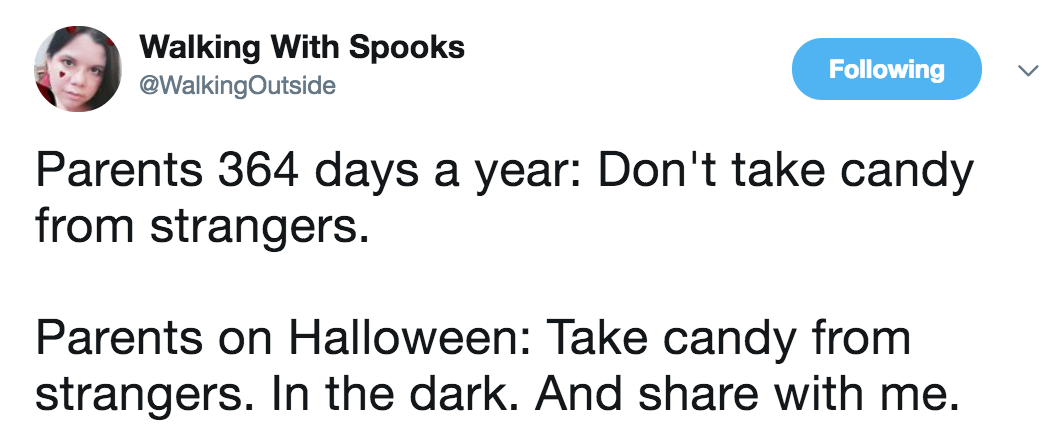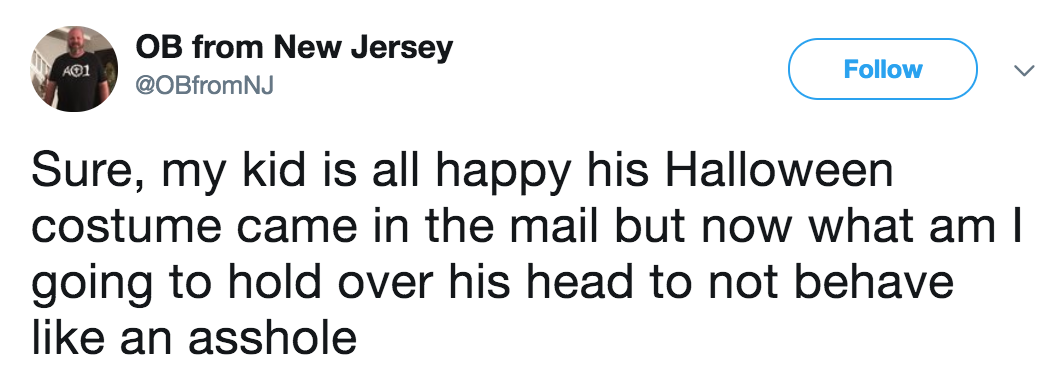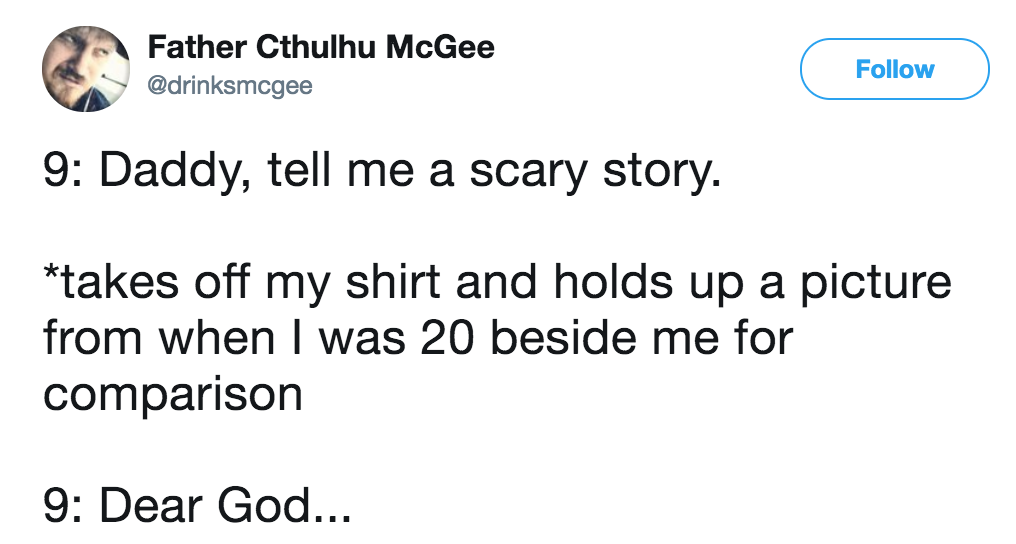*Trigger Warning*: Self-Harm
The first time Faith-Ann Bishop cut herself, she was in eighth grade. It was 2 in the morning, and as her parents slept, she sat on the edge of the tub at her home outside Bangor, Maine, with a metal clip from a pen in her hand. Then she sliced into the soft skin near her ribs. There was blood–and a sense of deep relief. “It makes the world very quiet for a few seconds,” says Faith-Ann. “For a while I didn’t want to stop, because it was my only coping mechanism. I hadn’t learned any other way.”
The pain of the superficial wound was a momentary escape from the anxiety she was fighting constantly, about grades, about her future, about relationships, about everything. Many days she felt ill before school. Sometimes she’d throw up, other times she’d stay home. “It was like asking me to climb Mount Everest in high heels,” she says.
It would be three years before Faith-Ann, now 20 and a film student in Los Angeles, told her parents about the depth of her distress. She hid the marks on her torso and arms, and hid the sadness she couldn’t explain and didn’t feel was justified. On paper, she had a good life. She loved her parents and knew they’d be supportive if she asked for help. She just couldn’t bear seeing the worry on their faces.
For Faith-Ann, cutting was a secret, compulsive manifestation of the depression and anxiety that she and millions of teenagers in the U.S. are struggling with. Self-harm, which some experts say is on the rise, is perhaps the most disturbing symptom of a broader psychological problem: a spectrum of angst that plagues 21st century teens.
Adolescents today have a reputation for being more fragile, less resilient and more overwhelmed than their parents were when they were growing up. Sometimes they’re called spoiled or coddled or helicoptered. But a closer look paints a far more heartbreaking portrait of why young people are suffering. Anxiety and depression in high school kids have been on the rise since 2012 after several years of stability. It’s a phenomenon that cuts across all demographics–suburban, urban and rural; those who are college bound and those who aren’t. Family financial stress can exacerbate these issues, and studies show that girls are more at risk than boys.
In 2015, about 3 million teens ages 12 to 17 had had at least one major depressive episode in the past year, according to the Department of Health and Human Services. More than 2 million report experiencing depression that impairs their daily function. About 30% of girls and 20% of boys–totaling 6.3 million teens–have had an anxiety disorder, according to data from the National Institute of Mental Health.
Experts suspect that these statistics are on the low end of what’s really happening, since many people do not seek help for anxiety and depression. A 2015 report from the Child Mind Institute found that only about 20% of young people with a diagnosable anxiety disorder get treatment. It’s also hard to quantify behaviors related to depression and anxiety, like nonsuicidal self-harm, because they are deliberately secretive.
Still, the number of distressed young people is on the rise, experts say, and they are trying to figure out how best to help. Teen minds have always craved stimulation, and their emotional reactions are by nature urgent and sometimes debilitating. The biggest variable, then, is the climate in which teens navigate this stage of development.
They are the post-9/11 generation, raised in an era of economic and national insecurity. They’ve never known a time when terrorism and school shootings weren’t the norm. They grew up watching their parents weather a severe recession, and, perhaps most important, they hit puberty at a time when technology and social media were transforming society.
“If you wanted to create an environment to churn out really angsty people, we’ve done it,” says Janis Whitlock, director of the Cornell Research Program on Self-Injury and Recovery. Sure, parental micromanaging can be a factor, as can school stress, but Whitlock doesn’t think those things are the main drivers of this epidemic. “It’s that they’re in a cauldron of stimulus they can’t get away from, or don’t want to get away from, or don’t know how to get away from,” she says.
In my dozens of conversations with teens, parents, clinicians and school counselors across the country, there was a pervasive sense that being a teenager today is a draining full-time job that includes doing schoolwork, managing a social-media identity and fretting about career, climate change, sexism, racism–you name it. Every fight or slight is documented online for hours or days after the incident. It’s exhausting.
“We’re the first generation that cannot escape our problems at all,” says Faith-Ann. “We’re all like little volcanoes. We’re getting this constant pressure, from our phones, from our relationships, from the way things are today.”
Steve Schneider, a counselor at Sheboygan South High School in southeastern Wisconsin, says the situation is like a scab that’s constantly being picked. “At no point do you get to remove yourself from it and get perspective,” he says.
It’s hard for many adults to understand how much of teenagers’ emotional life is lived within the small screens on their phones, but a CNN special report in 2015 conducted with researchers at the University of California, Davis, and the University of Texas at Dallas examined the social-media use of more than 200 13-year-olds. Their analysis found that “there is no firm line between their real and online worlds,” according to the researchers.
Phoebe Gariepy, a 17-year-old in Arundel, Maine, describes following on Instagram a girl in Los Angeles whom she’d never met because she liked the photos she posted. Then the girl stopped posting. Phoebe later heard she’d been kidnapped and was found on the side of a road, dead. “I started bawling, and I didn’t even know this girl,” says Phoebe. “I felt really extremely connected to that situation even though it was in L.A.”
That hyperconnectedness now extends everywhere, engulfing even rural teens in a national thicket of Internet drama. Daniel Champer, the director of school-based services for Intermountain in Helena, Mont., says the one word he’d use to describe the kids in his state is overexposed. Montana’s kids may be in a big, sparsely populated state, but they are not isolated anymore. A suicide might happen on the other side of the state and the kids often know before the adults, says Champer. This makes it hard for counselors to help. And nearly 30% of the state’s teens said they felt sad and hopeless almost every day for at least two weeks in a row, according to the 2015 Montana Youth Risk Behavior Survey. To address what they consider a cry for help from the state’s teens, officials in Montana are working on expanding access to school-based and tele-based counseling.
Megan Moreno, head of social media and adolescent health research at Seattle Children’s Hospital, notes a big difference between the mobile-social-tech revolution of the past 15 years and things like the introduction of the telephone or TV. In the olden days, your mom told you to get off the family phone or turn off the TV, and you did it. This time, kids are in the driver’s seat.
Parents are also mimicking teen behavior. “Not in all cases, obviously, but in many cases the adults are learning to use their phones in the way that the teens do,” says Moreno. “They’re zoning out. They’re ignoring people. They’re answering calls during dinner rather than saying, ‘O.K., we have this technology. Here are the rules about when we use it.’”
She cautions against demonizing technology entirely. “I often tell parents my simplest analogy is it’s like a hammer. You know, you can build a house that’s never existed before and you can smash someone’s head in, and it’s the same tool.” Sometimes phones rob teens’ developing brains of essential downtime. But other times they’re a way to maintain healthy social connections and get support.
Nora Carden, 17, of Brooklyn, who started college in upstate New York this fall, says she’s relieved when she goes on a trip that requires her to leave her phone for a while. “It’s like the whole school is in your bag, waiting for an answer,” she says.
School pressures also play a role, particularly with stress. Nora got counseling for her anxiety, which became crushing as the college-application process ramped up. She’d fear getting an answer wrong when a teacher called on her, and often felt she was not qualified to be in a particular class. “I don’t have pressure from my parents. I’m the one putting pressure on myself,” she says.
“The competitiveness, the lack of clarity about where things are going [economically] have all created a sense of real stress,” says Victor Schwartz of the Jed Foundation, a nonprofit that works with colleges and universities on mental-health programs and services. “Ten years ago, the most prominent thing kids talked about was feeling depressed. And now anxiety has overtaken that in the last couple of years.”
Tommy La Guardia, a high-achieving 18-year-old senior in Kent, Wash., is the first college-bound kid in his family. He recently became a finalist for prestigious scholarships, all while working 10 to 15 hours a week at a Microsoft internship and helping to care for his younger brothers.
His mom, Catherine Moimoi, says he doesn’t talk about the pressure he’s under. They don’t have a lot of resources, yet he manages everything himself, including college tours and applications. “He’s a good kid. He never complains,” she says. “But there are many nights I go to sleep wondering how he does it.”
Tommy admits that the past year was tough. “It’s hard to describe the stress,” he says. “I’m calm on the outside, but inside it’s like a demon in your stomach trying to consume you.” He deals with those emotions on his own. “I don’t want to make it someone else’s problem.”
Alison Heyland, 18, a recent high school graduate, was part of a group in Maine called Project Aware, whose members seek to help their peers manage anxiety and depression by making films. “We’re such a fragile and emotional generation,” she says. “It’s tempting for parents to tell kids, ‘Just suck it up.’” But, says Alison, “I feel like it really is less realistic for you to go after your dream job today. You’re more apt to go do a job that you don’t really like because it pays better and you’ll be in less debt.”
Meanwhile, evidence suggests the anxiety wrought by school pressures and technology is affecting younger and younger kids. Ellen Chance, co-president of the Palm Beach School Counselor Association, says technology and online bullying are affecting kids as early as fifth grade.
The strain on school counselors has increased since No Child Left Behind standardized testing protocols were implemented in the past decade. Tests can run from January through May, and since counselors in Chance’s county are often the ones who administer the exams, they have less time to deal with students’ mental-health issues.
“I couldn’t tell you how many students are being malicious to each other over Instagram or Snapchat,” she says of the elementary school where she’s the sole counselor for more than 500 kids. “I’ve had cases where girls don’t want to come to school because they feel outcasted and targeted. I deal with it on a weekly basis.”
Conventional wisdom says kids today are oversupervised, prompting some parenting critics to look back fondly to the days of latchkey kids. But now, even though teens may be in the same room with their parents, they might also, thanks to their phones, be immersed in a painful emotional tangle with dozens of their classmates. Or they’re looking at other people’s lives on Instagram and feeling self-loathing (or worse). Or they’re caught up in a discussion about suicide with a bunch of people on the other side of the country they’ve never even met via an app that most adults have never heard of.
Phoebe Gariepy says she remembers being in the backseat of a car with her headphones on, sitting next to her mom while looking at disturbing photos on her phone on social-media feeds about cutting. “I was so distant, I was so separated,” she says. She says it was hard to get out of that online community, as gory as it was, because her online life felt like her real life. “It’s almost like a reality-TV show. That’s the most triggering part of it, knowing that those real people were out there.” It would be hard for most people to know that the girl sitting there scrolling through her phone was engaged in much more than superficial selfies.
Josh, who did not want his real name published, is a high school sophomore in Maine who says he remembers how his parents began checking on him after the Sandy Hook shooting that killed 20 children and six adults. Despite their vigilance, he says, they’re largely unaware of the pain he’s been in. “They’re both heterosexual cis people, so they wouldn’t know that I’m bisexual. They wouldn’t know that I cut, that I use red wine, that I’ve attempted suicide,” he says. “They think I’m a normal kid, but I’m not.”
In the CNN study, researchers found that even when parents try their best to monitor their children’s Instagram, Twitter and Facebook feeds, they are likely unable to recognize the subtle slights and social exclusions that cause kids pain.
Finding disturbing things in a child’s digital identity, or that they’re self-harming, can stun some parents. “Every single week we have a girl who comes to the ER after some social-media rumor or incident has upset her [and then she cut herself],” says Fadi Haddad, a psychiatrist who helped start the child and adolescent psychiatric emergency department at Bellevue hospital in New York City, the first of its kind at a public hospital. Teens who end up there are often sent by administrators at their school. When Haddad calls the parents, they can be unaware of just how distressed their child is. According to Haddad, this includes parents who feel they’re very involved in their children’s lives: they’re at every sports game, they supervise the homework, they’re part of the school community.
Sometimes when he calls, they’re angry. One mother whose child Haddad treated told him that she found out her daughter had 17 Facebook accounts, which the mother shut down. “But what good does that do?” says Haddad. “There will be an 18th.”
For some parents who discover, as Faith-Ann’s parents Bret and Tammy Bishop did a few years ago, that their child has been severely depressed, anxiety-ridden or self-harming for years, it’s a shock laden with guilt.
Bret says Faith-Ann had been making cuts on her legs and ribs for three years before she got the courage to tell her parents. “You wonder, What could I have done better?” he says. Looking back, he realizes that he was distracted too much of the time.
“Even for us as adults, you’re never away from work now. Before, there wasn’t anything to worry about till I got back on Monday. But now it’s always on your phone. Sometimes when you’re home, you’re not home,” Bret says.
When Bret and Tammy joined a group for parents of kids with depression, he discovered that there were many girls and some boys who were also depressed and hurting themselves, and that few parents had any idea of what was going on.
Tammy said she wishes she’d followed her gut and taken Faith-Ann for counseling earlier. “I knew something was wrong, and I couldn’t figure it out,” she says.
Self-harm is certainly not universal among kids with depression and anxiety, but it does appear to be the signature symptom of this generation’s mental-health difficulties. All of the nearly two dozen teens I spoke with for this story knew someone who had engaged in self-harm or had done it themselves. It’s hard to quantify the behavior, but its impact is easier to monitor: a Seattle Children’s Hospital study that tracked hashtags people use on Instagram to talk about self-harm found a dramatic increase in their use in the past two years. Researchers got 1.7 million search results for “#selfharmmm” in 2014; by 2015 the number was more than 2.4 million.
While girls appear more likely to engage in this behavior, boys are not immune: as many as 30% to 40% of those who’ve ever self-injured are male.
The academic study of this behavior is nascent, but researchers are developing a deeper understanding of how physical pain may relieve the psychological pain of some people who practice it. That knowledge may help experts better understand why it can be hard for some people to stop self-harming once they start. Whitlock, the director of the self-injury research program at Cornell, explains that studies are pretty consistent in showing that people who injure themselves do it to cope with anxiety or depression.
It’s hard to know why self-harm has surfaced at this time, and it’s possible we’re just more aware of it now because we live in a world where we’re more aware of everything. Whitlock thinks there’s a cultural element to it. Starting in the late 1990s, the body became a kind of billboard for self-expression–that’s when tattoos and piercings went mainstream. “As that was starting to happen, the idea of etching your emotional pain into your body was not a big step from the body as a canvas as an idea,” she says.
The idea that self-harm is tied to how we see the human body tracks with what many teens told me when I interviewed them. As Faith-Ann describes it, “A lot of value is put on our physical beauty now. All of our friends are Photoshopping their own photos–it’s hard to escape that need to be perfect.” Before the dawn of social media, the disorders that seemed to be the quintessential reflection of those same societal pressures were anorexia or bulimia–which are still serious concerns.
Whitlock says there are two common experiences that people have with self-harm. There are those who feel disconnected or numb. “They don’t feel real, and there’s something about pain and blood that brings them into their body,” she says.
On the other end of the spectrum are people who feel an overwhelming amount of emotion, says Whitlock. “If you asked them to describe those emotions on a scale of 1 to 10, they would say 10, while you or I might rate the same experience as a 6 or 7. They need to discharge those feelings somehow, and injury becomes their way,” she explains.
The research on what happens in the brain and body when someone cuts is still emerging. Scientists want to better understand how self-harm engages the endogenous opioid system–which is involved in the pain response in the brain–and what happens if and when it does.
Some of the treatments for self-harm are similar to those for addiction, particularly in the focus on identifying underlying psychological issues–what’s causing the anxiety and depression in the first place–and then teaching healthy ways to cope. Similarly, those who want to stop need a strong level of internal motivation.
“You’re not going to stop for somebody else,” explains Phoebe, the teenager from Maine. Even thinking about how upset her mother was about the self-harm wasn’t enough. “I tried making pacts with friends. But it doesn’t work. You have to figure it out for yourself. You have to make the choice.”
Eventually, Phoebe steered herself out of the dark, destructive corners of the Internet that reinforced her habit by romanticizing and validating her pain. She’s now into holistic healing and looks at positive sites populated by people she calls “happy hippies.”
Faith-Ann remembers the day her mother Tammy noticed the scars on her arms and realized what they were. By then she was a junior in high school. “I normally cut in places you couldn’t see, but I had messed up and I had a cut on my wrists. I lifted my arm to move my hair, and she saw it. It was scary because the cuts were in a place that people associate with suicide.” That was not what she was attempting, however.
“If she’d asked me before that if I was cutting, I would have said no. I wouldn’t have wanted to put that pain on her,” says Faith-Ann. But that night she said, “Yes, I am cutting, and I want to stop.” Tammy cried for a bit, but they moved on. She didn’t ask why, she didn’t freak out, she just asked what she could do to help. “That was the exact right thing to do,” says Faith-Ann.
The family got counseling after that. Her parents learned that they weren’t alone. And Faith-Ann learned breathing techniques to calm herself physically and how to talk to herself positively. Recovery didn’t happen all at once. There were relapses, sometimes over tiny things. But the Bishops were on the right road.
One of the most powerful things Faith-Ann did to escape the cycle of anxiety, depression and self-harm was to channel her feelings into something creative. As part of the Project Aware teen program in Maine, she wrote and directed a short film about anxiety and depression in teens called The Road Back. More than 30 kids worked on the project, and they became a support system for one another as she continued to heal.
“I had a place where I could be open and talk about my life and the issues I was having, and then I could project them in an artistic way,” she says.
Bellevue’s Fadi Haddad says that for parents who find out their children are depressed or hurting themselves, the best response is first to validate their feelings. Don’t get angry or talk about taking away their computers. “Say, ‘I’m sorry you’re in pain. I’m here for you,’” he says.
This straightforward acknowledgment of their struggles takes away any judgment, which is critical since mental-health issues are still heavily stigmatized. No adolescent wants to be seen as flawed or vulnerable, and for parents, the idea that their child has debilitating depression or anxiety or is self-harming can feel like a failure on their part.
Alison Heyland’s dad Neil says that initially, it was hard to find people to confide in about his daughter’s depression. “I see everyone putting up posts about their family, they look so happy and everyone’s smiling, everything is so perfect and rosy. I kind of feel less than,” he says.
For both generations, admitting that they need help can be daunting. Even once they get past that barrier, the cost and logistics of therapy can be overwhelming.
Faith-Ann still struggles at times with depression and anxiety. “It’s a condition that’s not going to totally disappear from my life,” she says over the phone from Los Angeles, where she’s thriving at film school. “It’s just learning how to deal in a healthy way–not self-harming, not lashing out at people.”
Of course Bret and Tammy Bishop still worry about her. They now live in Hampstead, N.C., and at first Bret didn’t like the idea of Faith-Ann’s going to school in California. If she was having trouble coping, he and Tammy were a long plane ride away. How can you forget that your child, someone you’ve dedicated years to keeping safe from the perils of the world, has deliberately hurt herself? “It’s with you forever,” says Tammy.
These days, she and Bret are proud of their daughter’s independence and the new life she’s created. But like a lot of parents who’ve feared for their child’s health, they don’t take the ordinary for granted anymore.
This appears in the November 07, 2016 issue of TIME
By Susanna Schrobsdorff
http://time.com/magazine/us/4547305/november-7th-2016-vol-188-no-19-u-s/


